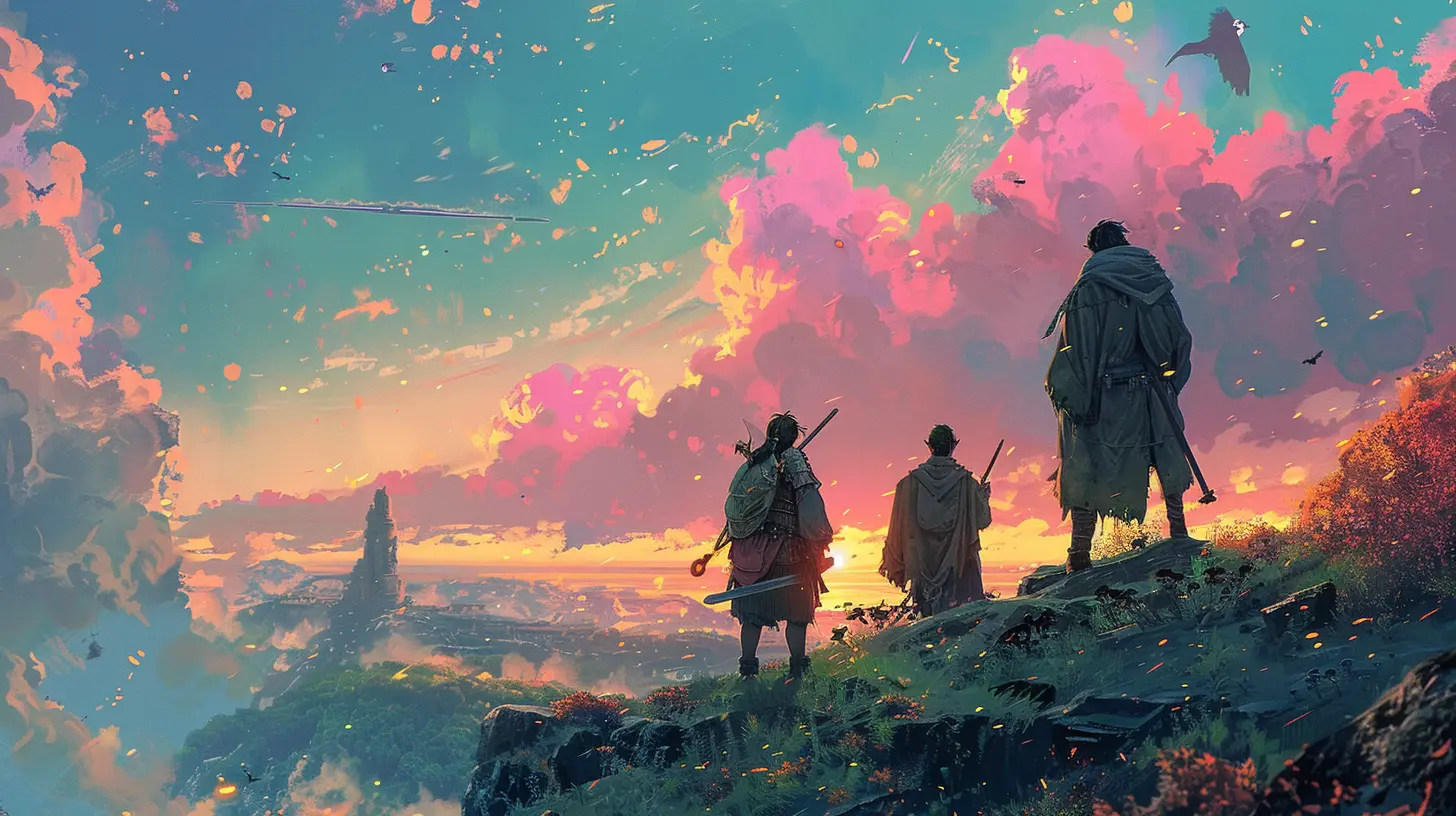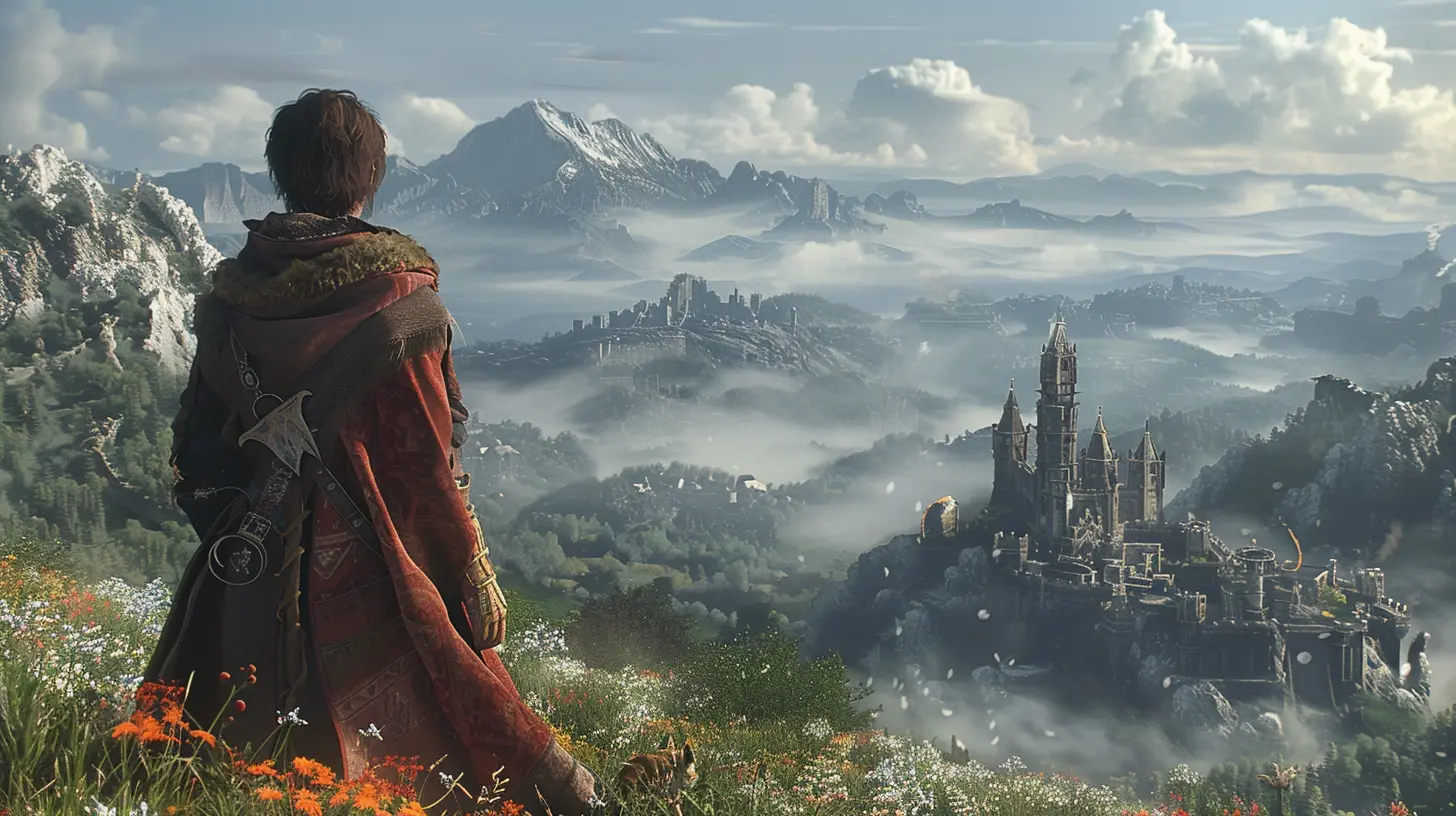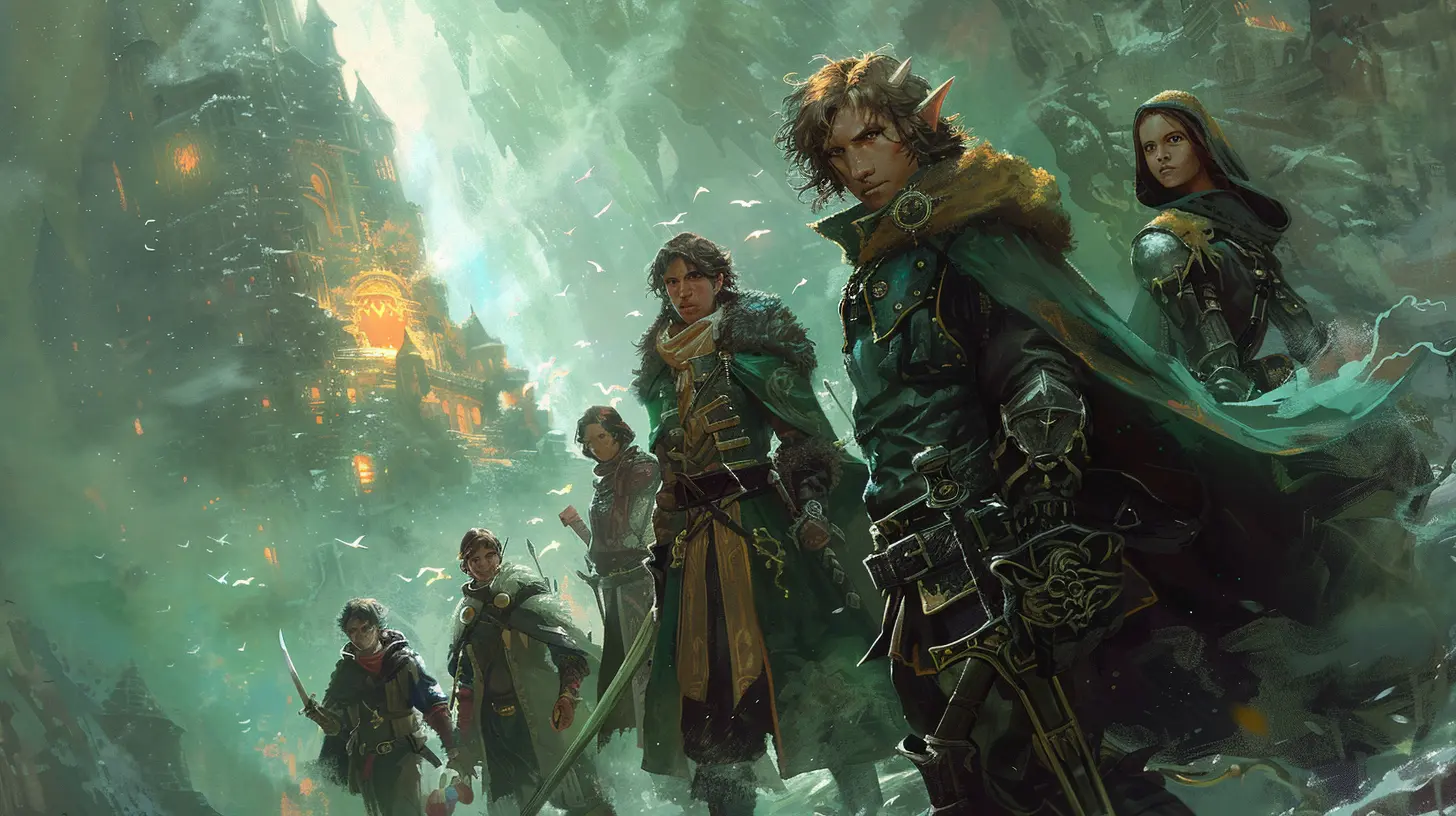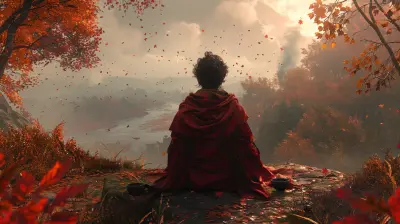The Role of Side Quests in Defining a JRPG Experience
12 June 2025
When it comes to Japanese Role-Playing Games (JRPGs), we all expect a few things right off the bat—epic storylines, engaging turn-based or action combat, colorful characters, and yes, a whole bunch of side quests. Some players love them, some dread them, but there’s no denying it—they’re part of what makes the JRPG experience truly special.
So, why are side quests such a big deal in JRPGs? Why do we sometimes find ourselves hunting wild onions for a villager when the fate of the world hangs in the balance? Well, buckle up, because we’re diving deep into the heart and soul of JRPGs to uncover the real magic behind those optional, yet unforgettable, adventures.
What Is a Side Quest, Really?
Let’s keep it simple. A side quest is any mission or activity in a game that falls outside the main storyline. It’s that detour you take from your grand journey to help a stranger, gather rare items, or explore a hidden dungeon.But if you’ve ever played titles like Final Fantasy, Tales of series, Persona, or Xenoblade Chronicles, you know that these quests are rarely just filler. They’re often full of character development, emotional moments, and content that makes the world feel alive.
Why Side Quests Matter in JRPGs
1. They Add Depth to the World
Main stories in JRPGs usually focus on grand themes—saving the world, facing ancient evils, or unraveling cosmic mysteries. But side quests? They zoom in. They let you meet the everyday folk and hear their struggles, joys, and dreams.Think of them as the seasoning in a big pot of stew. The main quest is the meat and potatoes, but the side quests? They're the spices that bring out the flavor. They let you feel the world, not just see it.
Ever played The Witcher 3? Sure, it’s technically a WRPG, but that game’s side quests are masterclasses in storytelling. JRPGs have followed suit, offering mini-stories that are just as compelling, if not more so, than the main plot.
2. Character Development That Hits Different
You know those party members you collect along the way? They often get more screen time and backstory through side quests than through the main storyline. Miss those quests, and you could miss out on entire emotional arcs.Take Final Fantasy X, for example. Wakka’s and Lulu's side quests add emotional layers that change how you see them. In Persona 5, Confidant side quests develop not just your companions, but your own character as a Phantom Thief.
It’s in those quiet moments—helping a friend overcome a personal struggle or uncovering a hidden truth—that you form a deeper bond with the cast. It's like hanging out with your friends after school—sometimes more meaningful than the school day itself.
3. They Reward Curiosity
JRPGs reward exploration like few other genres. See a shiny thing off the beaten path? There might be a secret cave, a mysterious stranger, or a powerful boss guarding a sweet weapon.Side quests encourage players to poke around, follow hunches, and just wander. That spirit of curiosity is what transforms a game from a checklist into a living world.
And let’s be honest, there’s nothing like stumbling across a quest you weren’t expecting and getting sucked into a storyline that ends with an epic item—or even a new party member.
4. They Offer a Break from the Main Plot
Sometimes, the main story can get heavy—world-ending threats, character deaths, betrayal. Side quests provide that needed breather.Sure, saving a cat stuck in a tree seems silly when you’re trying to stop a god from destroying time itself—but that’s kind of the point. They ground the narrative. They remind you that the world you're trying to save is full of people, pets, dreams, and life.
It's like watching a comedy episode in the middle of a serious TV drama season. It doesn't take away from the gravity of the bigger story—instead, it makes it more human.
5. They Flesh Out Lore and History
If you’ve ever wanted to know more about the history of a JRPG world—like ancient wars, forgotten legends, or secret cults—it’s the side quests that often have the answers.These quests are like hidden files in a giant story archive. They add richness and invite you to connect the dots. Games like Dragon Quest XI and Xenogears excel at this, revealing deep lore only to players who go looking for it.
It’s like peeling back the layers of an onion. The deeper you go, the more tears you might shed—but also, the more flavor you find.
Side Quests Done Right: Legendary Examples
Let’s walk down memory lane and mention a few side quests that left a mark on players and critics alike.🗡️ Final Fantasy VII – “Yuffie’s & Vincent’s Storylines”
These weren’t just side quests—they were entire story arcs. Miss them, and you miss recruiting two major characters with deep backstories.🎭 Persona 4 – Social Links
Each relationship you build is technically a “side quest,” but it’s in these stories where the game’s most human moments shine through.🌌 Xenoblade Chronicles – Colony 6 Rebuilding
Not only do you help rebuild a town, but you meet dozens of NPCs with rich lives. You actually get to see the community grow and change because of your efforts.🧙 Ni No Kuni – Errands and Bounty Hunts
Each one might seem small, but they contribute to the game's magical atmosphere and help level you up in clever, rewarding ways.
When Side Quests Go Wrong
Let’s be honest—not all side quests are created equal. Ever been asked to fetch 10 monster claws for a reward that barely covers your travel expenses? Yeah, we’ve all been there.The problem isn’t side quests themselves—it's lazy design. The best side quests respect your time, offer meaningful content, and enhance the journey.
Here’s how bad side quests usually go wrong:
- Tedious fetch quests with no emotional payoff
- Repetitive objectives with recycled dialogue
- Zero connection to the main story or characters
- Unrealistic time constraints or requirements
If a side quest feels like doing your taxes, it’s probably not worth your time.
But again, when done right, these quests can be the soul of a JRPG.
The Emotional Impact of Side Quests
Let’s talk feels for a second.Ever completed a side quest that genuinely made you cry? Or helped a character confess their love, overcome a trauma, or find peace in some way?
Side quests often sneak in the most emotional beats of a JRPG. Why? Because they’re personal. They’re quieter, more intimate.
You’re not saving the world—you’re saving a person. And somehow, that can feel just as important.
Games like Chrono Trigger, Tales of Vesperia, and Nier Replicant hide their most heart-wrenching moments in places only the curious will find.
The JRPG Identity: Would It Be the Same Without Side Quests?
Absolutely not.Side quests are stitched into the very DNA of JRPGs. They give these games their charm, their soul, and their sense of wonder.
They’re not just optional content—they're secret doors to unforgettable stories, characters, and memories.
If the main quest is the skeleton, side quests are the flesh. They make the structure come to life.
Tips for Enjoying Side Quests Without the Burnout
Let’s be real—180 side quests in one game can feel like a lot. You don’t have to do every single one.Here are a few quick tips:
- Prioritize character-driven quests – They usually offer the biggest emotional rewards.
- Mix things up – Don’t do all side content in one go. Sprinkle them throughout your journey.
- Use guides sparingly – Let discovery be part of the fun.
- Don’t stress over completion – Play to enjoy, not to check boxes.
Remember, side quests are meant to enrich your experience, not dilute it. If it feels like a chore, it’s okay to skip it.
Final Thoughts: The Hidden Heartbeat of JRPGs
The role of side quests in defining a JRPG experience can’t be overstated. They’re the songs between the symphonies, the footprints between the milestones.Whether they make you laugh, cry, or scratch your head in confusion, side quests are where JRPGs truly show their heart. It’s where the world slows down for a moment, and you get to connect—not just with the game, but with the people in it.
So the next time you're tempted to skip that optional mission, maybe pause. There might just be something magical waiting on the other side.
Happy questing, fellow adventurers.
all images in this post were generated using AI tools
Category:
JrpgsAuthor:

Kaitlyn Pace
Discussion
rate this article
2 comments
Clover Wade
Great article! I appreciate how you highlighted the significance of side quests in enriching the JRPG experience. They truly enhance character development and world-building. Looking forward to more insights!
June 16, 2025 at 2:43 AM

Kaitlyn Pace
Thank you! I'm glad you enjoyed it and found the discussion on side quests valuable. Stay tuned for more insights!
Velma Frank
Side quests are the heartbeat of JRPGs, enriching narratives and deepening character development. They allow players to explore diverse worlds and engage with compelling stories, making them essential for a truly immersive and fulfilling gaming experience. Embrace them!
June 13, 2025 at 3:29 AM

Kaitlyn Pace
Absolutely! Side quests are vital in JRPGs, offering depth to the narrative and enriching character development, enhancing the overall immersive experience. Embracing them truly elevates gameplay!


